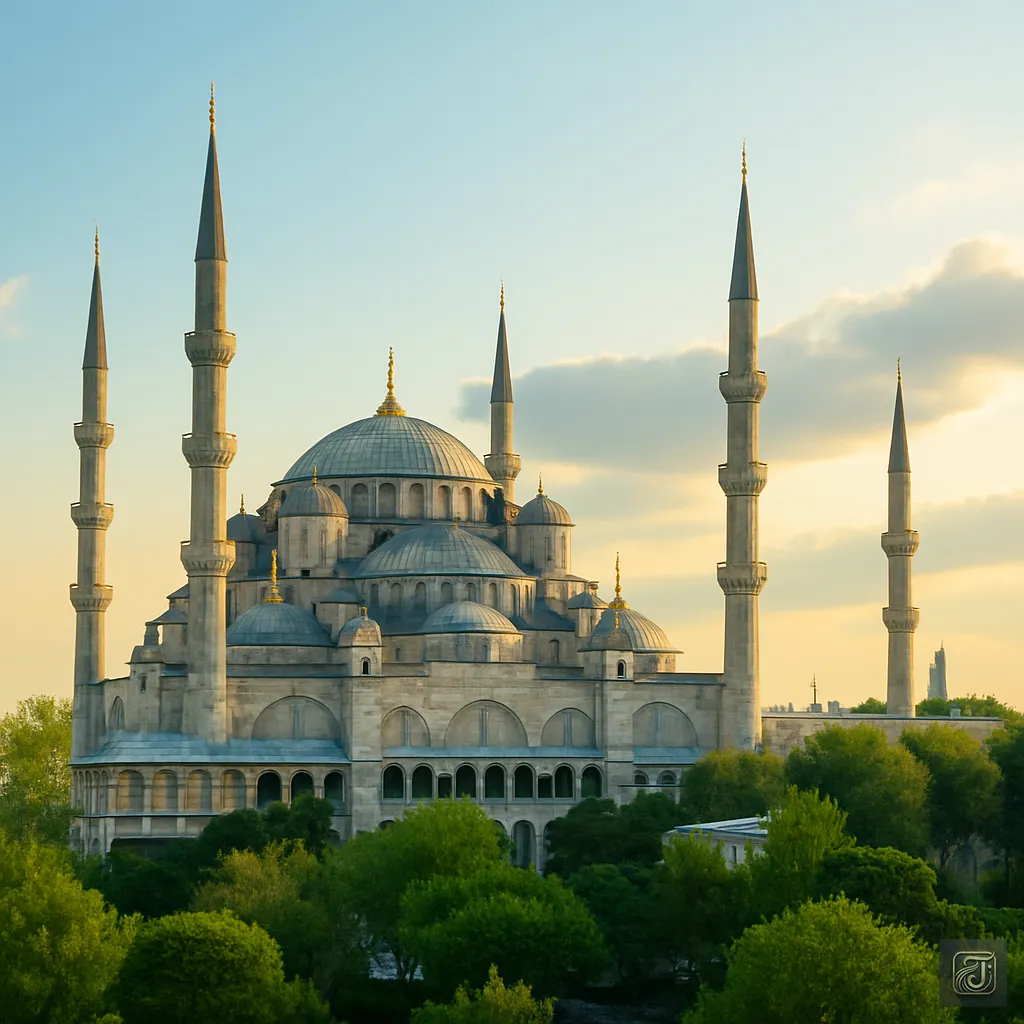
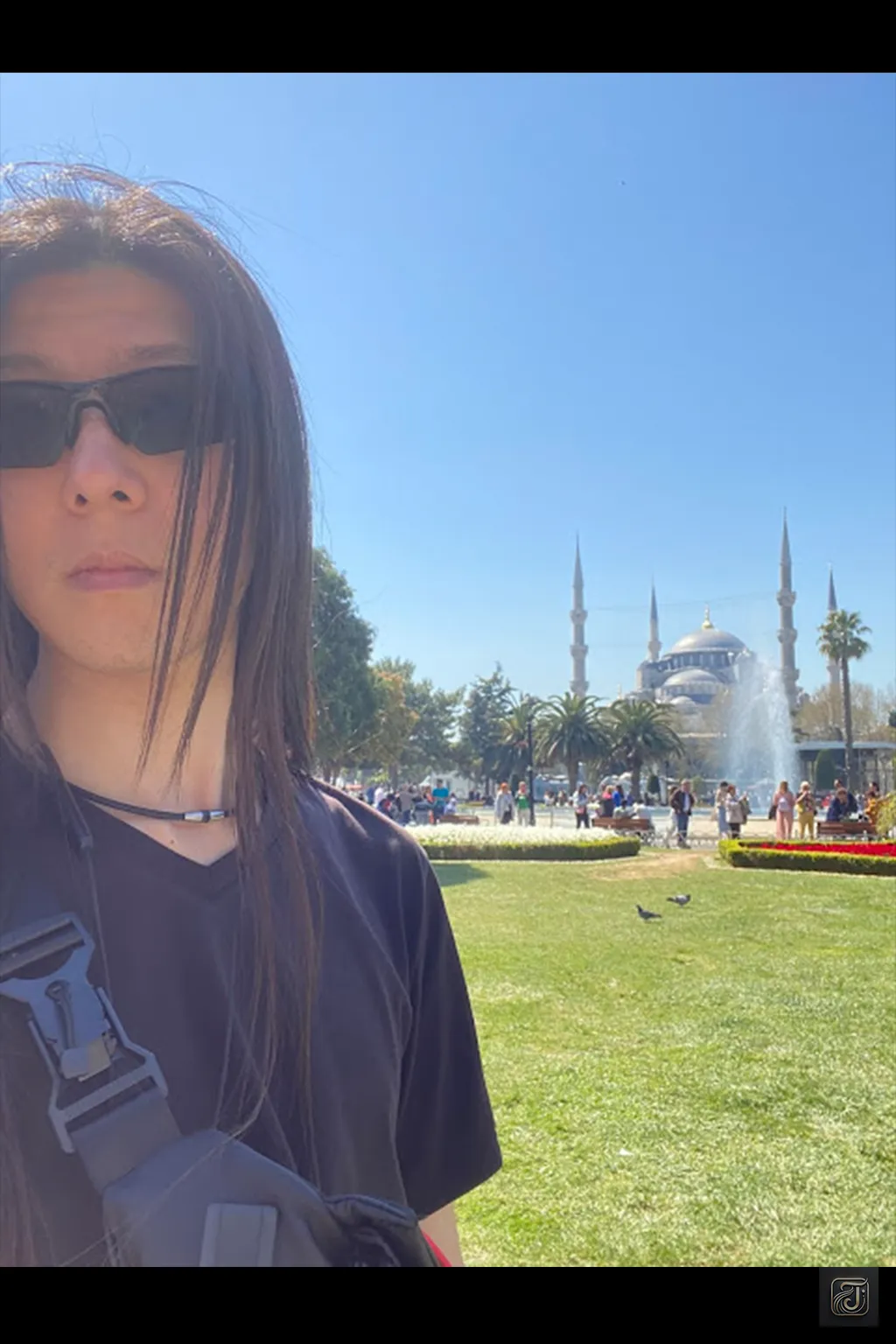
Previously, I introduced the World Heritage site in Turkey, Hagia Sophia.
Why did Hagia Sophia(Ayasofya) become a mosque again?👈You can click this.
Just a few hundred meters away from it is the Sultan Ahmed Mosque, also known as the Blue Mosque, which is often called the most beautiful mosque in the world.
And the story behind it is fascinating.
It’s incredibly interesting!
That’s why I want to tell you!
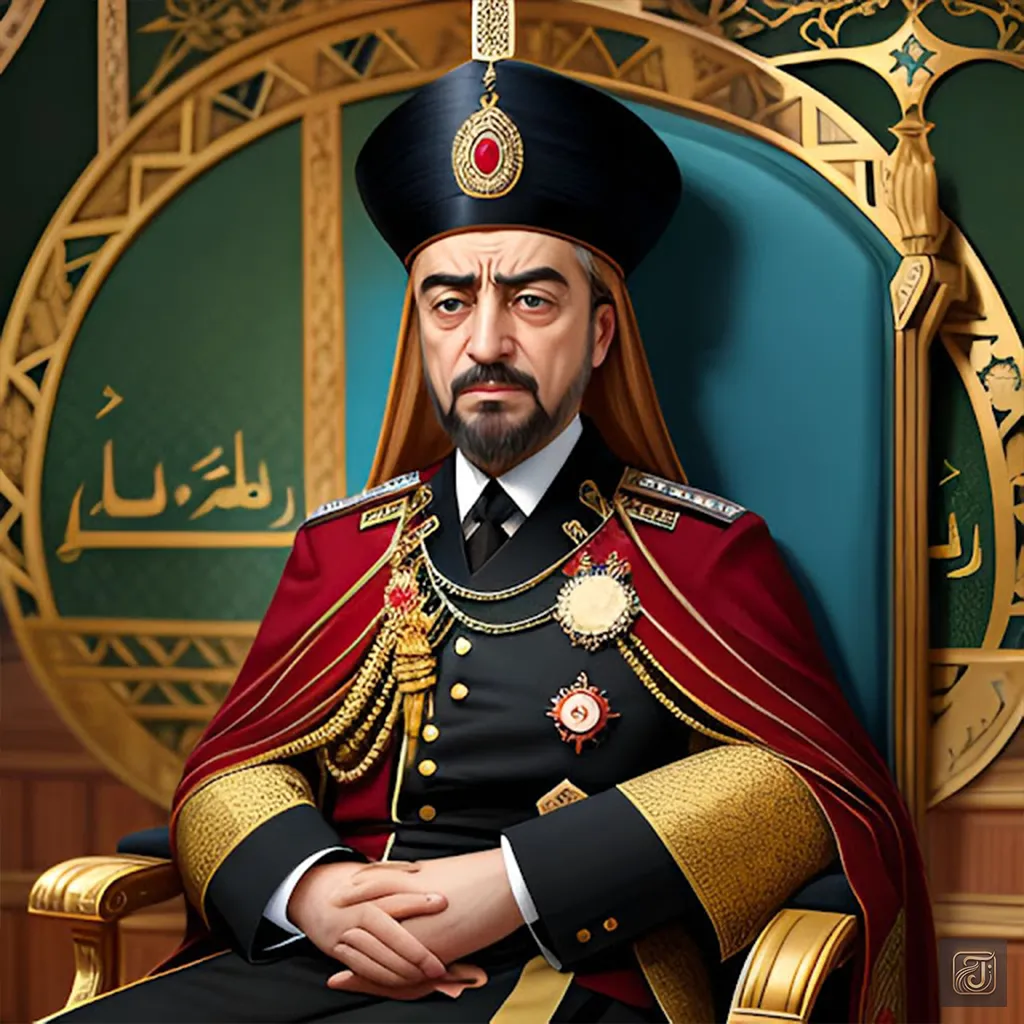
The 14th Sultan of the Ottoman Empire, Sultan Ahmed I.
He ascended to the throne as emperor at the age of just 13 years old.
He wanted to build golden minarets for the Sultan Ahmed Mosque.
So, he told his architect, Mehmet Ağa:

“Build golden minarets for the Sultan Ahmed Mosque!”
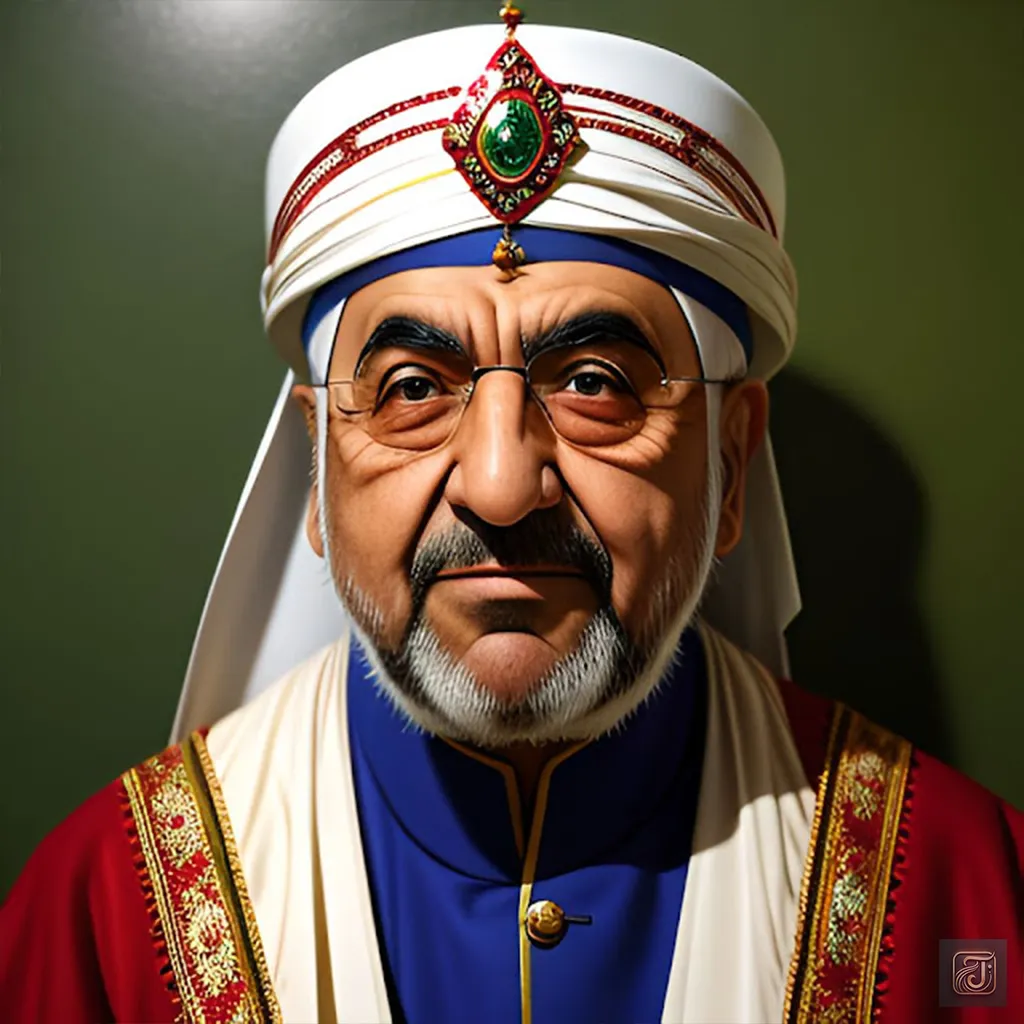
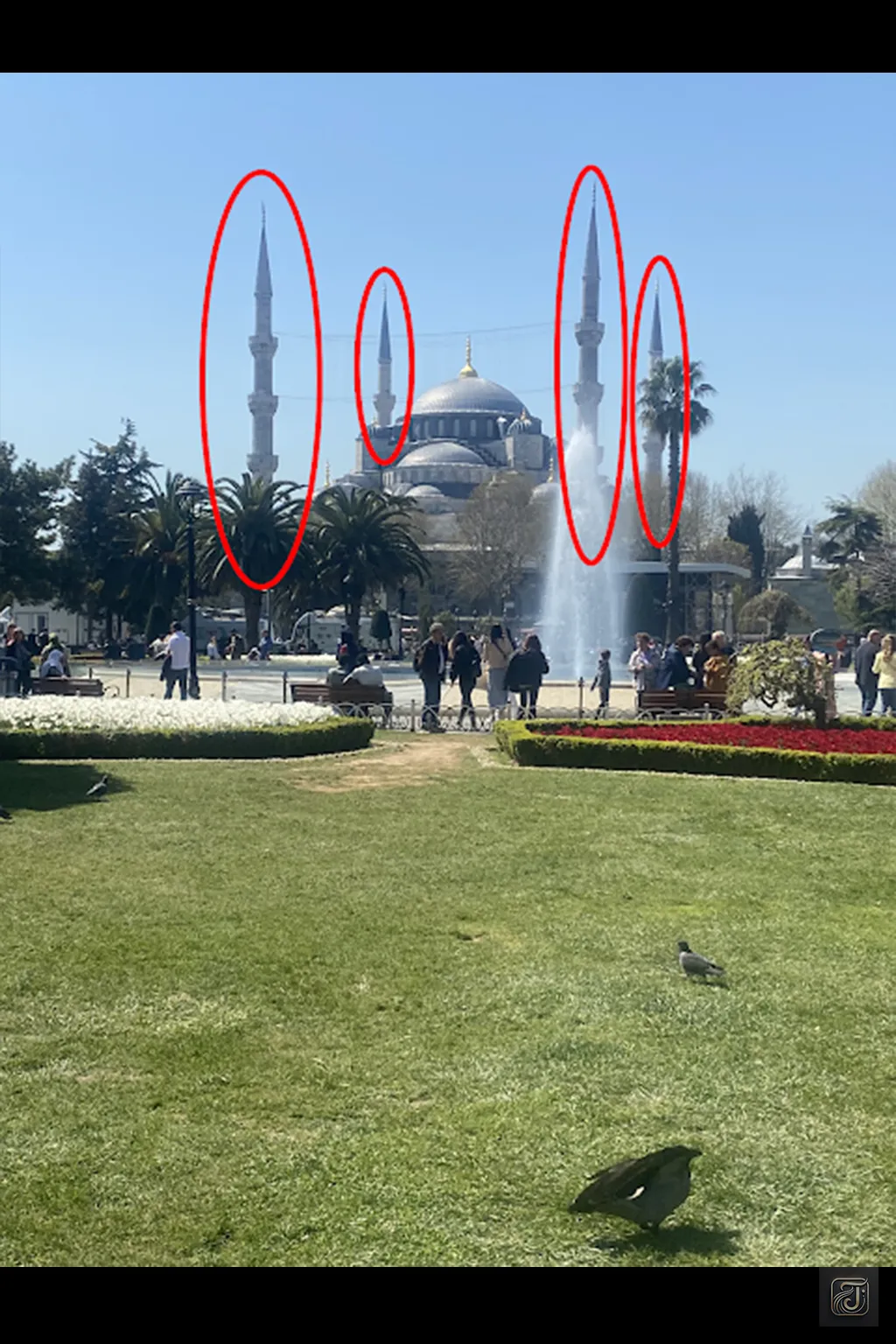
Minarets are the towers surrounding a mosque where the call to prayer (adhan) is made five times a day.
Sultan Ahmed I most likely thought:

By constructing gleaming golden minarets, many people would come to pray at the mosque he built.
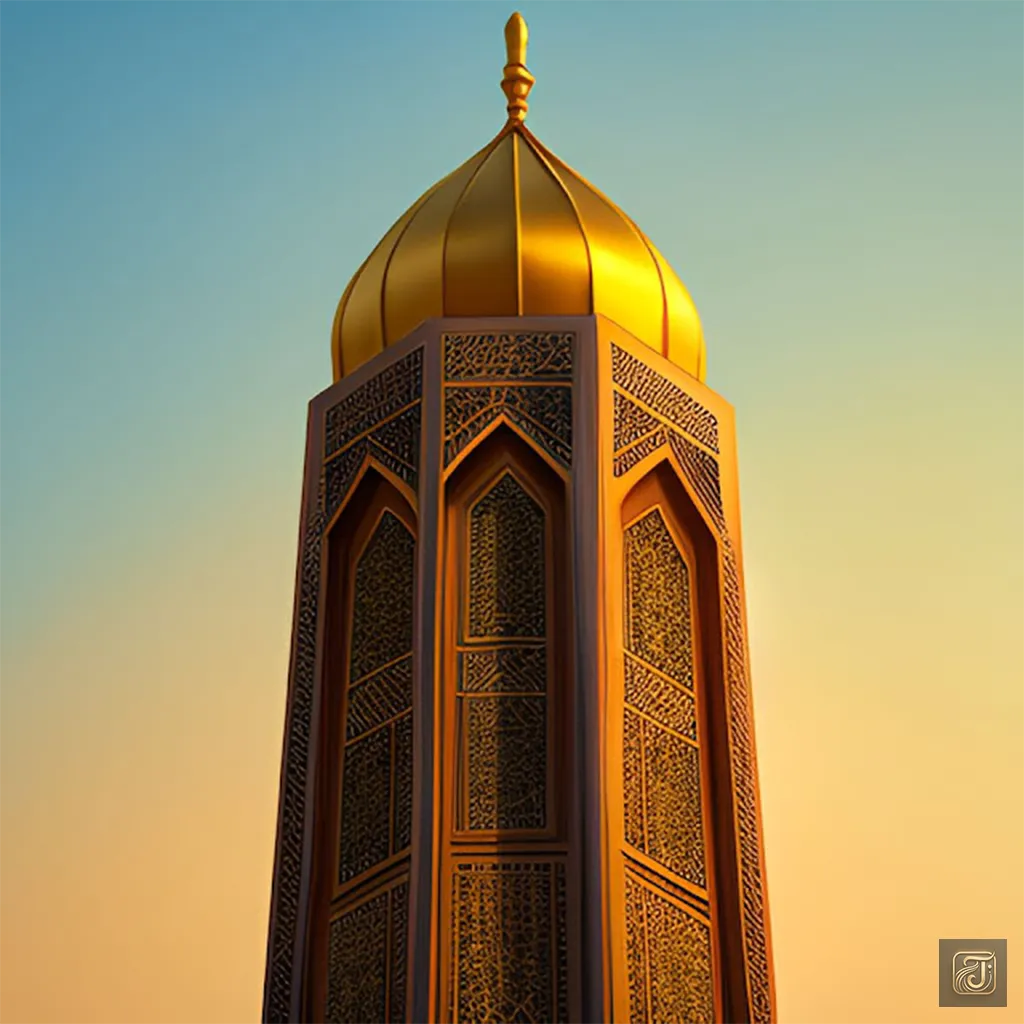
And people would be moved by the sight and praise the emperor who built it, they would support him.
His name would be remembered throughout history.
However, there was one miscalculation.
The architect, Mehmet Ağa, was quite an old man.
Naturally, he was hard of hearing, and as a result, he misunderstood the word for gold and the number six.
Gold in Turkish is “altın,” and six in Turkish is “altı.”
For an elderly man, it was hard to distinguish…
So it’s no wonder he misheard!
As a result, Mehmet Ağa ended up constructing six minarets for the Sultan Ahmed Mosque instead of golden ones.
Obviously, seeing this, Sultan Ahmed I was astonished!
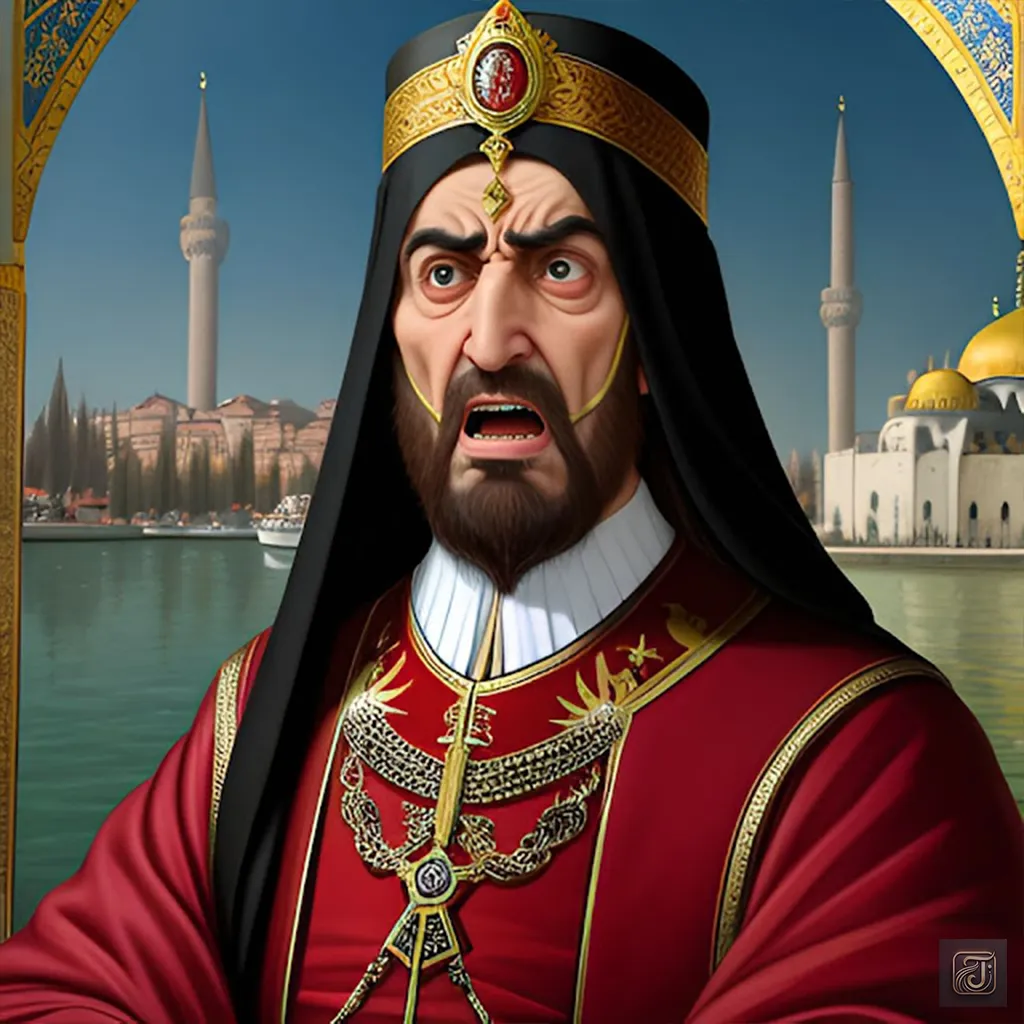
“What is this?!
Why did they build six minarets?!“
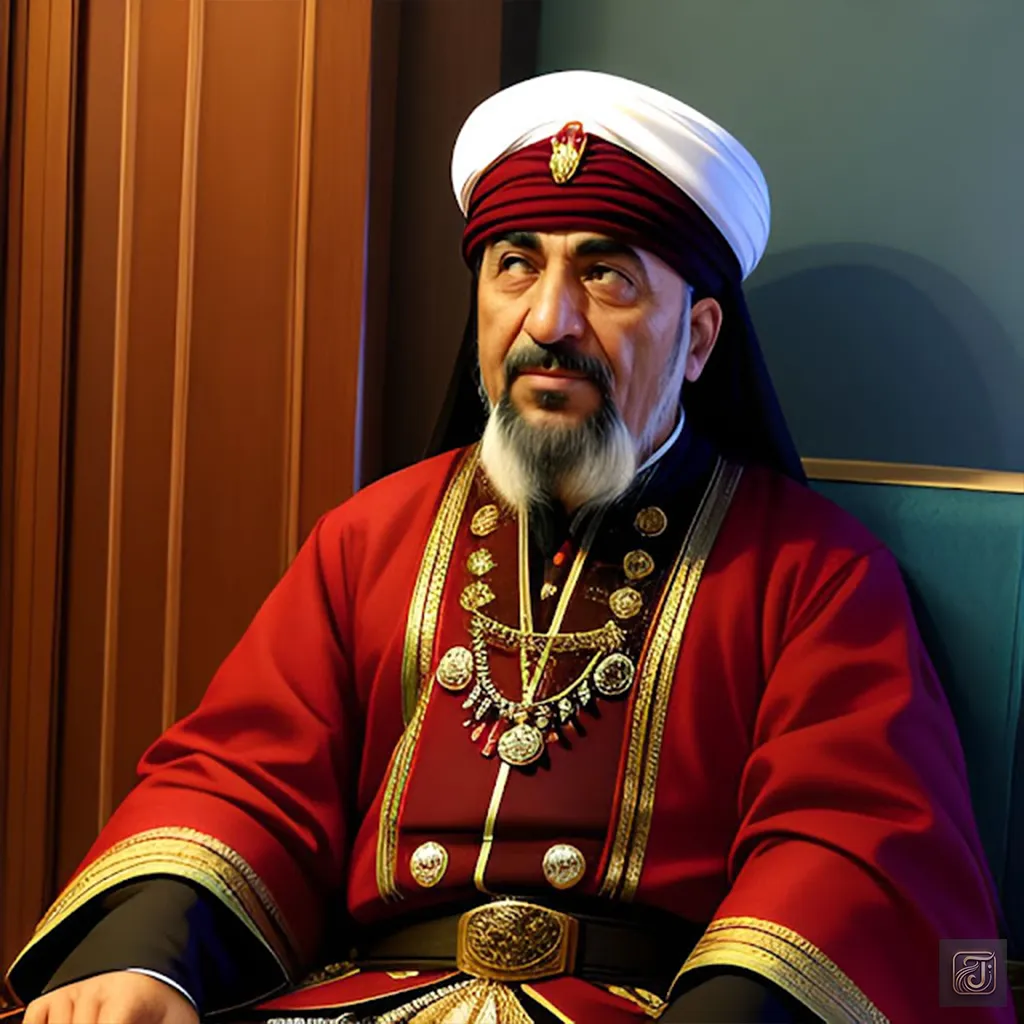
“What?
But you, Your Majesty, directly ordered me to build six of them…”

“Not six! I said gold!”
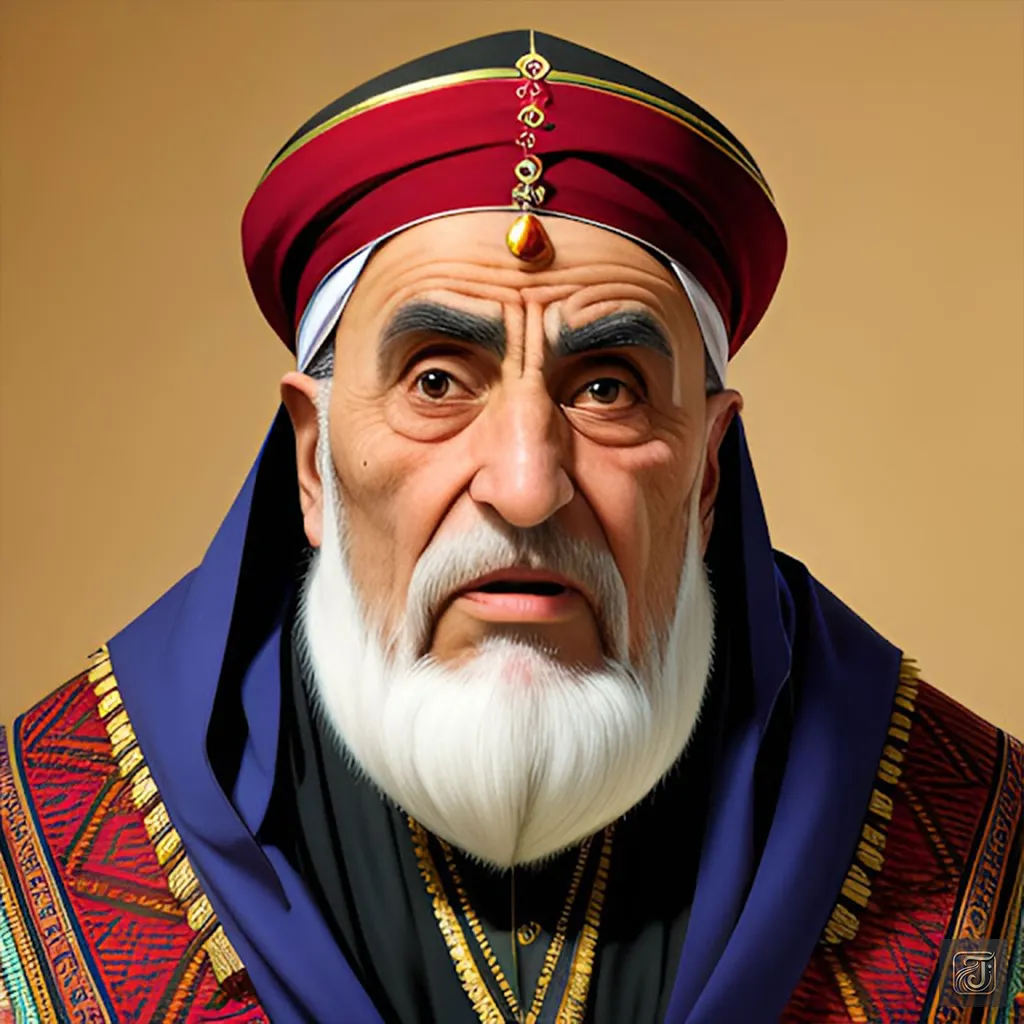
Many of you may be thinking:
what’s the big deal?
It’s just six minarets, right?
If he wanted them gold, he could just paint them later.
I thought the same.
But the problem wasn’t the color.
Minarets are not just towers that call for prayers(adhan).
They also symbolize the status and prestige of the mosque.

At that time, the most sacred place in Islam, the Kaaba in Mecca, Saudi Arabia, had six minarets.
Therefore, there was a rule that no mosque should have more than six minarets.
However, despite it being an accident, Sultan Ahmed I ended up breaking this rule.
Sultan Ahmed Mosque has 6 minarets,
the most sacred place in Islam, and the Kaaba in Mecca, Saudi Arabia, has six minarets as well.
In other words, albeit accidentally, Sultan Ahmed Mosque was made equivalent in status to the holy site of Mecca.
That’s why he was seriously panicked!!
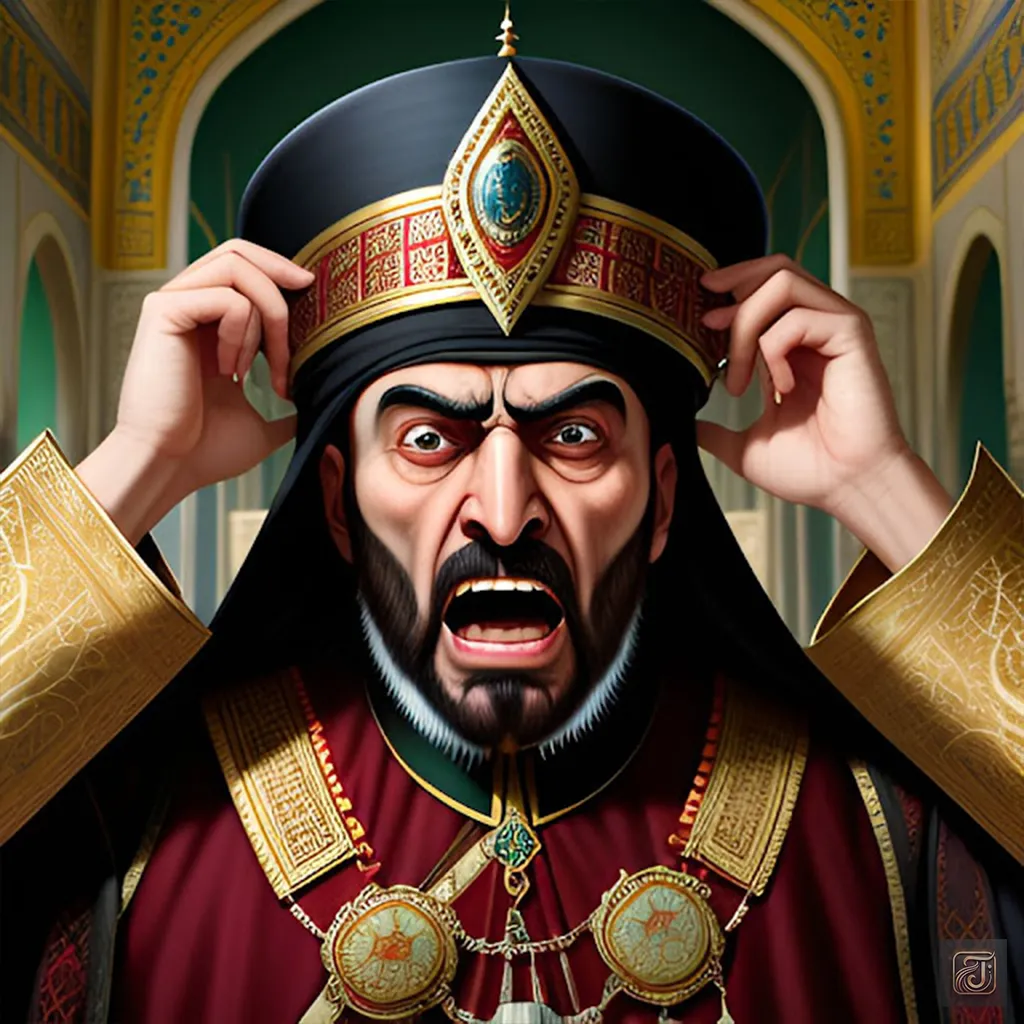
What the heck!!
Sultan Ahmed was really panicked.
This could provoke the resentment of devout Muslims.
I can’t afford to lose the position of the emperor even though I finally ascended to over something like this!
It seems that even emperors fear religion…
So, how should he do?
Should he demolish one of the minarets of the Sultan Ahmed Mosque?
or
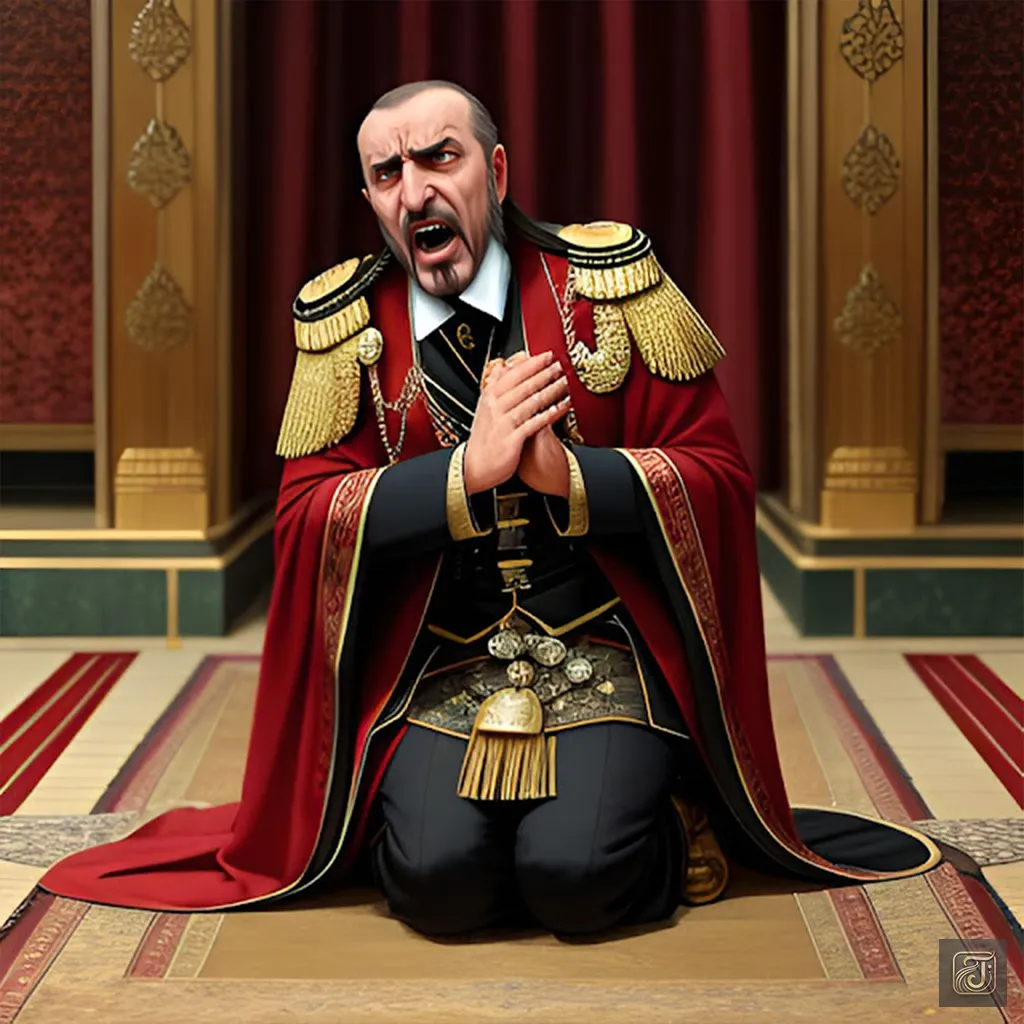
“I’m so sorry, but it’s just an accident…”
Should he explain the situation honestly and seek understanding from the Islamic authorities?
No!!!
He gifted an additional minaret to the Haram Mosque in Mecca!!
The Haram Mosque in Mecca would have seven minarets.
The status of Mecca as the holy city of Islam was preserved, and Sultan Ahmed I gained support from devout Muslims for donating a minaret to the holy site.
Clever!
Clever, Sultan Ahmed!
He turned a crisis into an opportunity!
It’s understandable that he ascended to the throne as emperor at the age of just 13 years old.
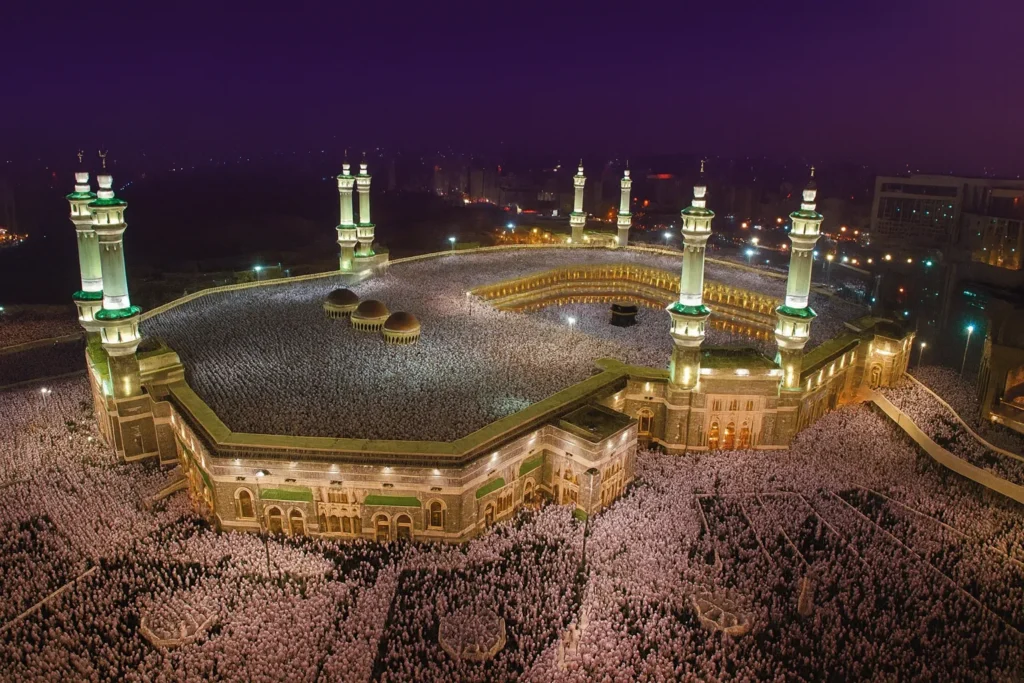
Incidentally, the Haram Mosque now has 13 minarets.
The number has increased further.
And what’s intriguing is not just the exterior of the Sultan Ahmed Mosque, but also its interior.
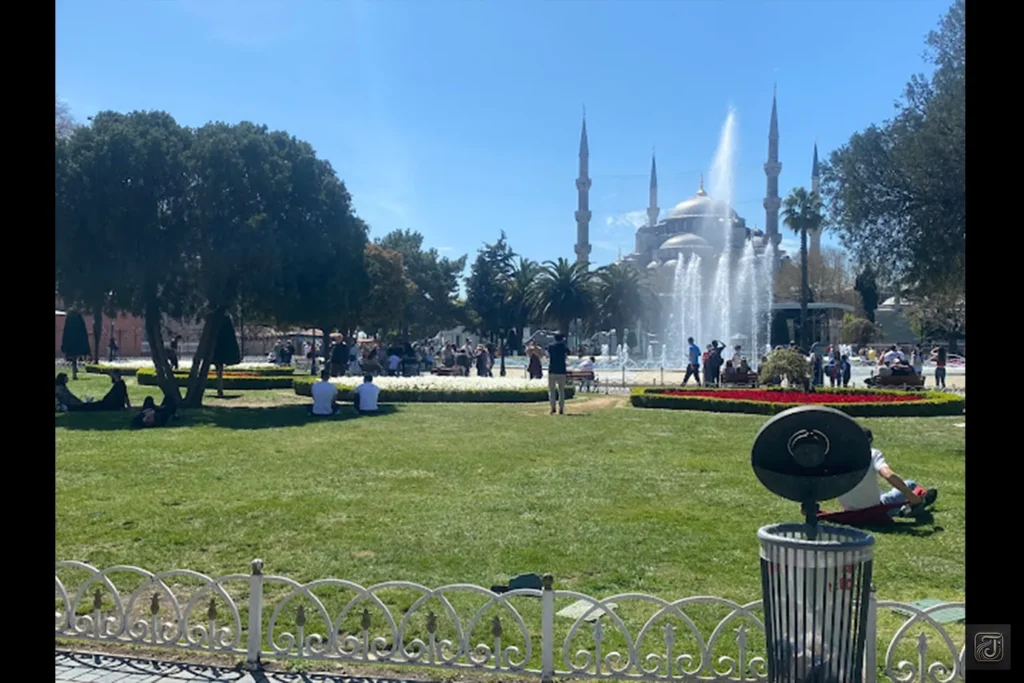
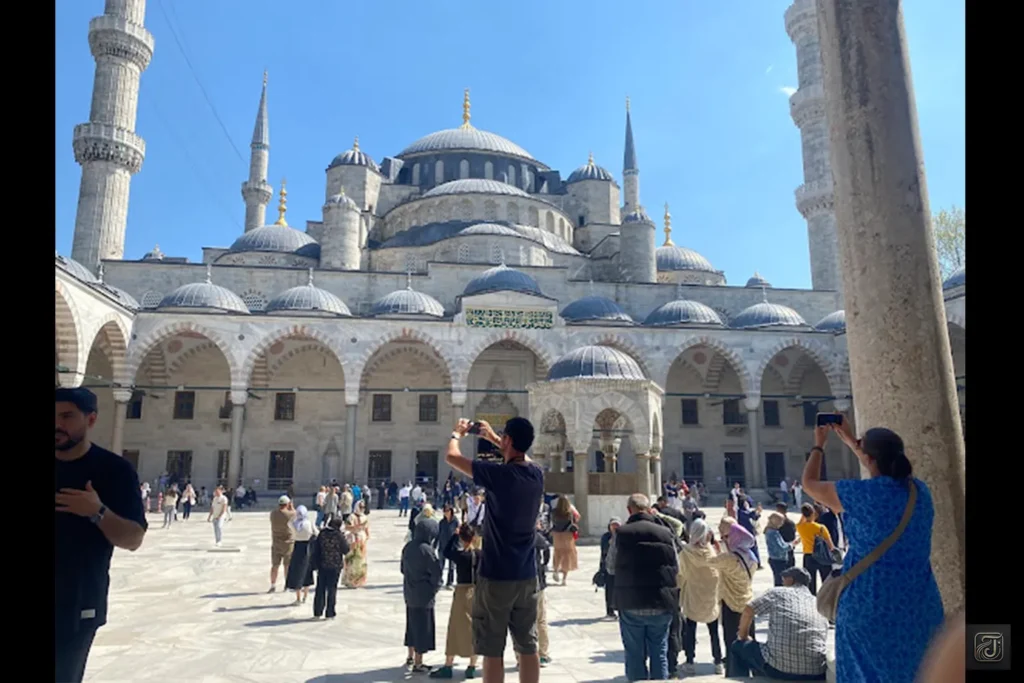
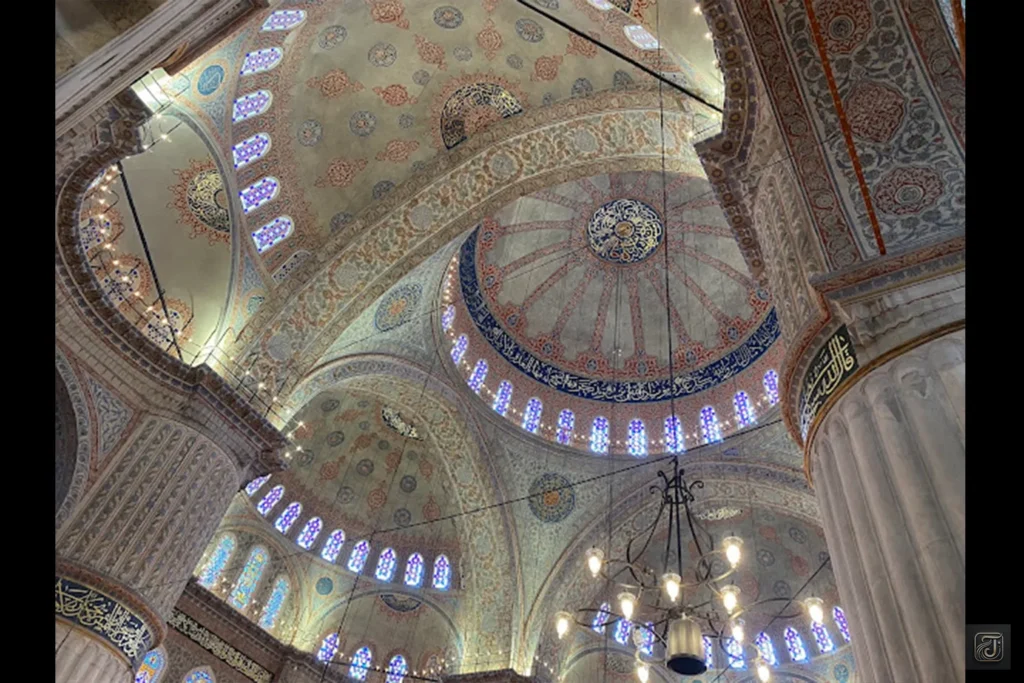
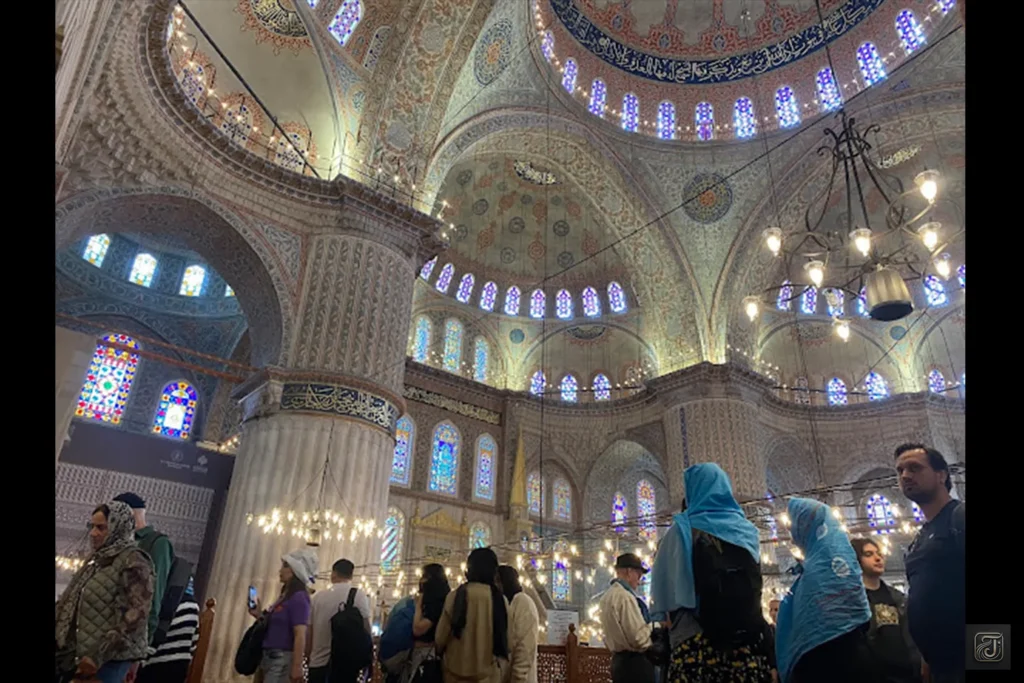
It’s truly beautiful.
I’ve been there myself, so please take a look.
[videopress eiSCgTwP]
If you found this article helpful or enjoyable, please consider supporting me with a cup of coffee! 👈Click☕🙏
I’m a passionate blogger who loves diving deep into human history and sharing captivating stories about remarkable figures and events from the past. My blog combines engaging storytelling with beautiful illustrations, making history accessible and enjoyable for everyone.
Currently, I write my blog while managing a full-time job. Balancing both limits the time I can dedicate to research, writing, and illustrations. With your support on Ko-fi, I can reduce the time spent on my main job and focus more on blogging, allowing me to increase the frequency of updates and bring you even more captivating stories.
Whether it’s a one-time coffee or a regular contribution, every bit goes directly into making history engaging and fun for my readers.
Thank you for joining me on this journey through time. Let’s uncover the past together!


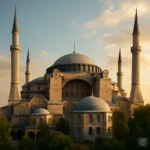
Comment